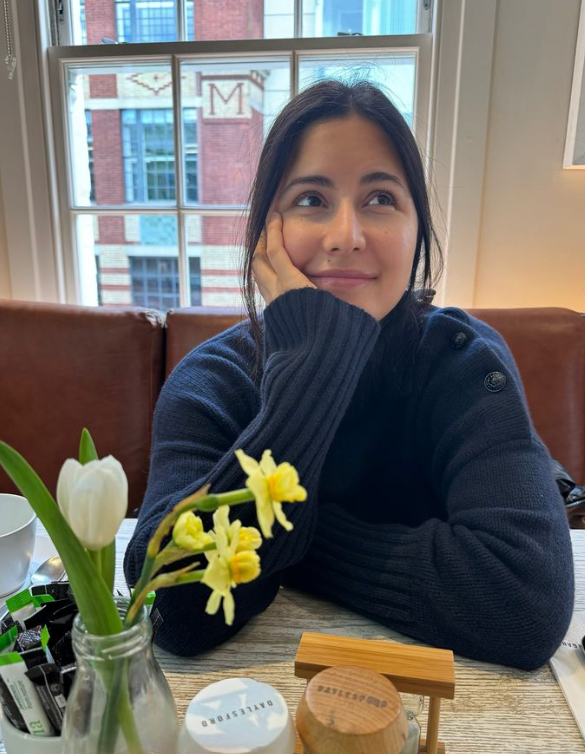Indian cuisine reflects a rich tapestry woven from centuries of trade and cultural exchanges. However, widespread myths often obscure the true origins of our beloved dishes.
In a recent article, I discussed how the restaurant version of Punjabi food remains a popular choice for dining out among Indians, contrasting with traditional home-cooked meals. A tweet accompanying the article featured a photo of kebabs from Bukhara, an iconic Punjabi restaurant, sparking a social media debate. Many comments highlighted that kebabs, often associated with Punjabi cuisine, actually trace their origins to Turkish, Arab, Central Asian, or Persian culinary traditions rather than being purely Punjabi.
I’ve written about these points so frequently that I’m weary of repeating them. However, two persistent trends in popular, albeit uninformed, commentary on Indian cuisine refuse to fade. The first trend is the denial that anything popular in India could have Islamic origins. Foods like coffee, samosas, and jalebis, which were introduced from the Middle East, are often claimed to be entirely of Indian origin, which isn’t accurate.
The defining characteristic of this trend is the attempt to attribute every vegetarian dish to pre-Muslim India. Some argue that centuries of contact with the Islamic world only brought animal-slaughtering practices to India, which contradicts historical evidence of India’s longstanding non-vegetarian traditions predating Islam.
The second misguided trend, often perpetuated by secular individuals, claims that every popular non-vegetarian dish has origins in Western or Central Asia. Dishes like kebabs, biryani, and various mutton curries are dismissed as non-Indian by these proponents.
While these assertions may not stem from a communal agenda, they inadvertently reinforce a distorted view of India’s food history aligned with a bogus Hindutva narrative. The reality is that India’s cuisine has evolved over centuries through global trade, conquests, and migrations, incorporating diverse influences along the way.
The significant divide in Indian food history isn’t between pre-Muslim and post-Muslim eras, but rather the period before European colonialism and after. Many essential ingredients of modern Indian cuisine, such as chillies, tomatoes, and potatoes, arrived in India through European traders and colonialists.
Regarding specific dishes like tandoori chicken, its origins can be traced back to Peshawar in the 1930s, when Moka Singh began preparing chicken in tandoors typically used for baking bread. After Partition, the dish migrated to Delhi and gradually gained popularity across India in the late 1950s and 1960s. Contrary to misconceptions, tandoori chicken has no foreign origins and no clear Islamic association, as the restaurants serving it in post-Partition India were predominantly owned by Punjabi Hindus and Sikhs.
I’m not surprised that proponents of the Hindutva view of our food history omit this story. However, I’m shocked when secular individuals attempt to attribute a Middle Eastern or Islamic origin to tandoori chicken. There is no historical record of the dish in West Asia, leading some to argue that the tandoor itself is of Middle Eastern origin.
Yet, in most of Central and West Asia, tandoors are primarily used for baking bread and rarely for cooking chicken. The tandoor’s origins are complex; archaeologists have discovered early versions resembling tandoors at Indus Valley sites dating back centuries before the emergence of Islam or the current form of Hinduism.
Did the tandoor travel from the Indus Valley to the Middle East? The origins of both the tandoor and the chicken are uncertain, with plausible scenarios suggesting exchanges between India and the Middle East. However, definitive evidence is lacking, making it unwise to draw politically or communally charged conclusions from limited historical data.
Consider the kabab, for instance. Grilling meat on skewers over fire is a concept found globally, evident in ancient Mesopotamia and the Indus Valley Civilization. This tradition persisted in India through the centuries, as documented in texts like the 12th-century Manasollasa, which includes recipes resembling today’s kababs.
The term ‘kabab’ itself has uncertain origins, not appearing in medieval Arab cookbooks. The seekh kabab, possibly of Persian origin, shares similarities with its Iranian ancestor but has evolved distinctly in India. The seekh kabab we enjoy today is larger, rounder, and cooked in a tandoor, unlike its Persian counterpart.
Food is a complex amalgamation of cultural exchanges and evolution. It’s impractical and misleading to categorize dishes as purely ‘Indian,’ ‘Arab,’ ‘Muslim,’ or ‘Hindu.’ Instead, each dish reflects centuries of cross-cultural influences, highlighting India’s diverse and pluralistic culinary heritage.














